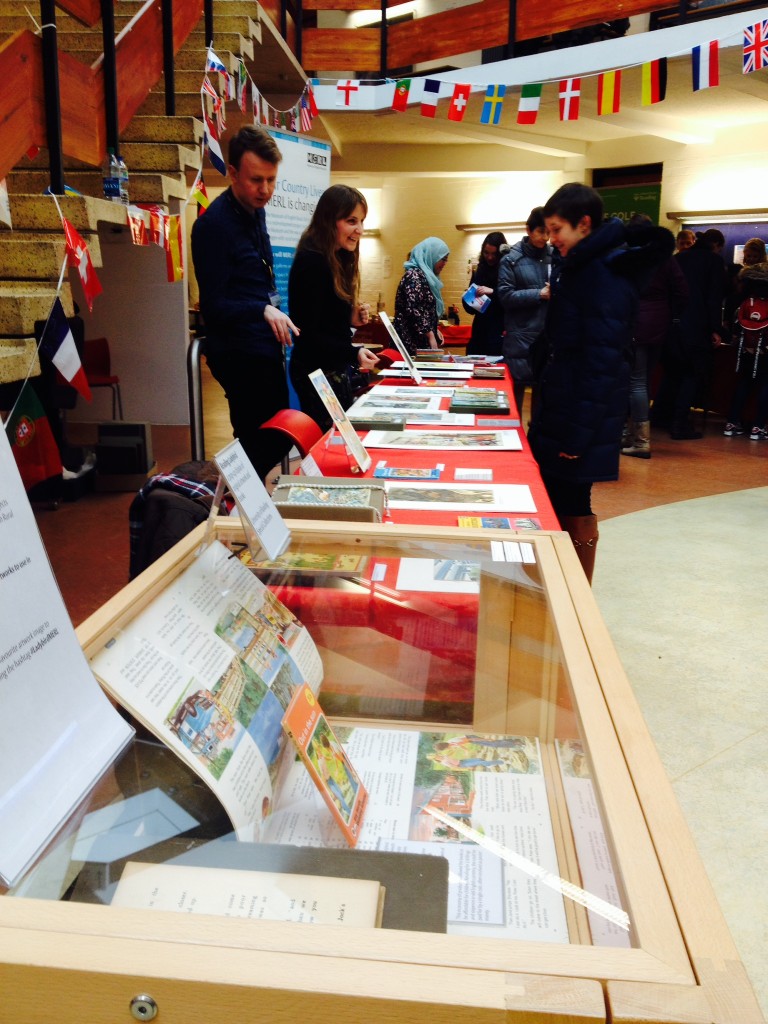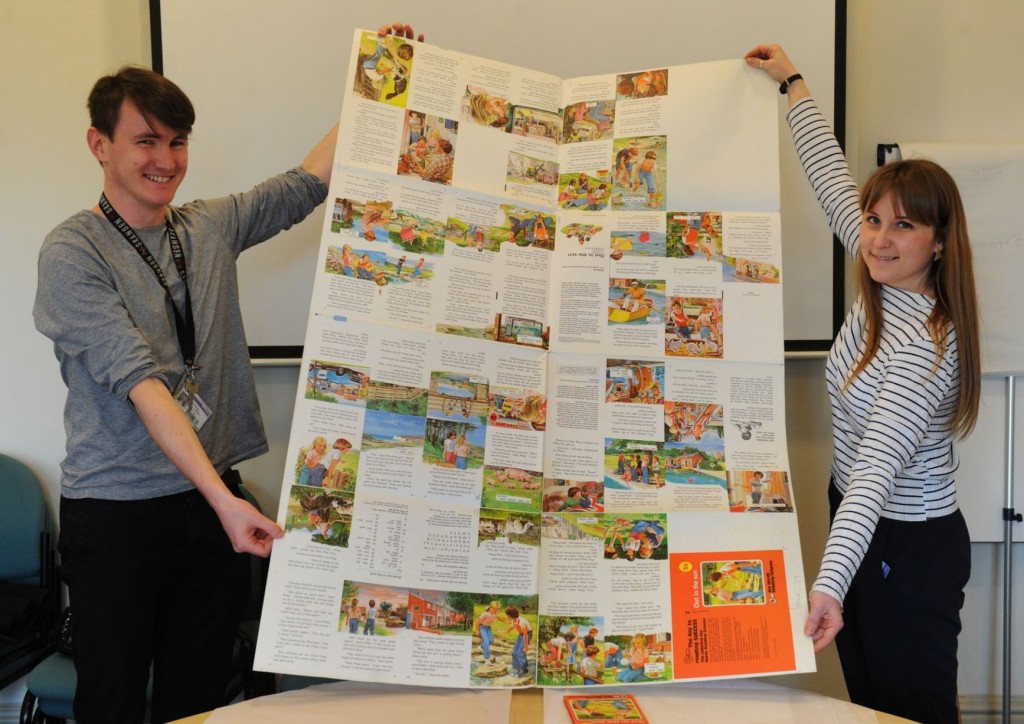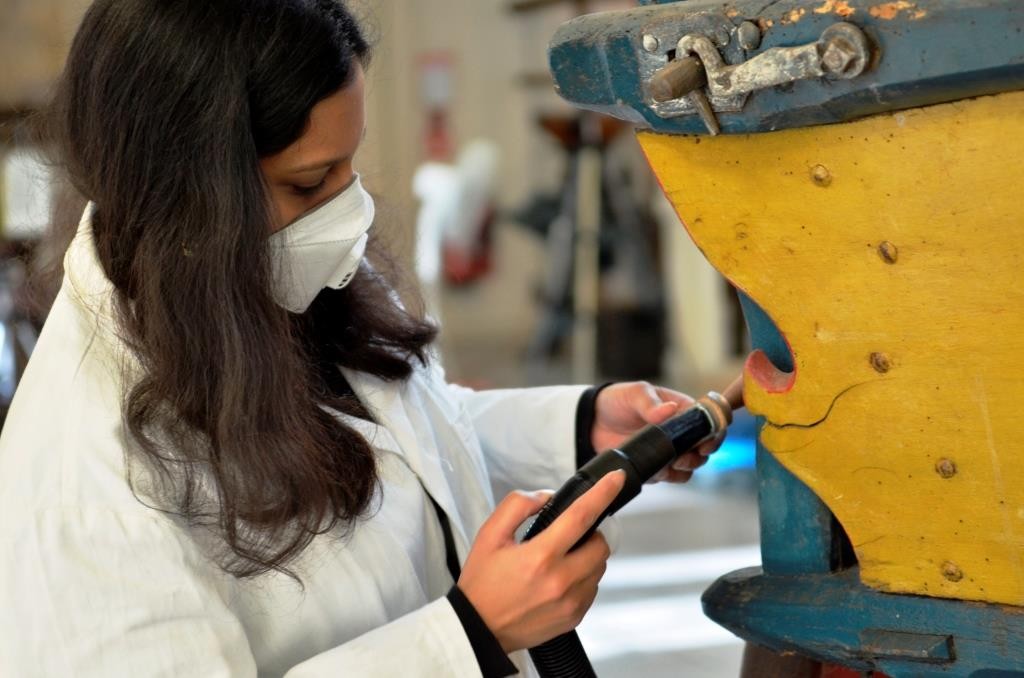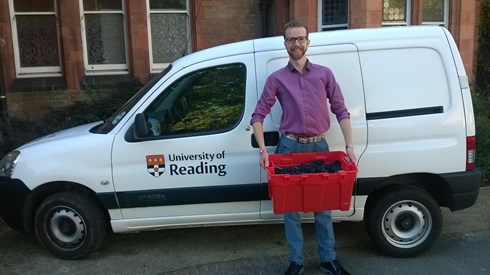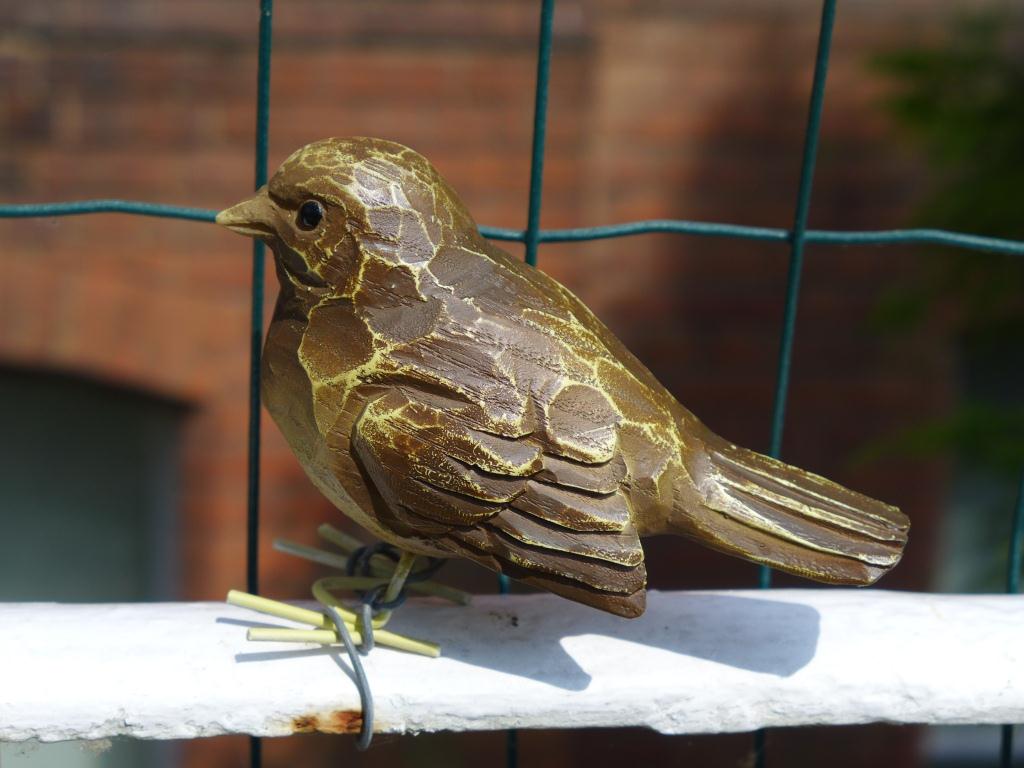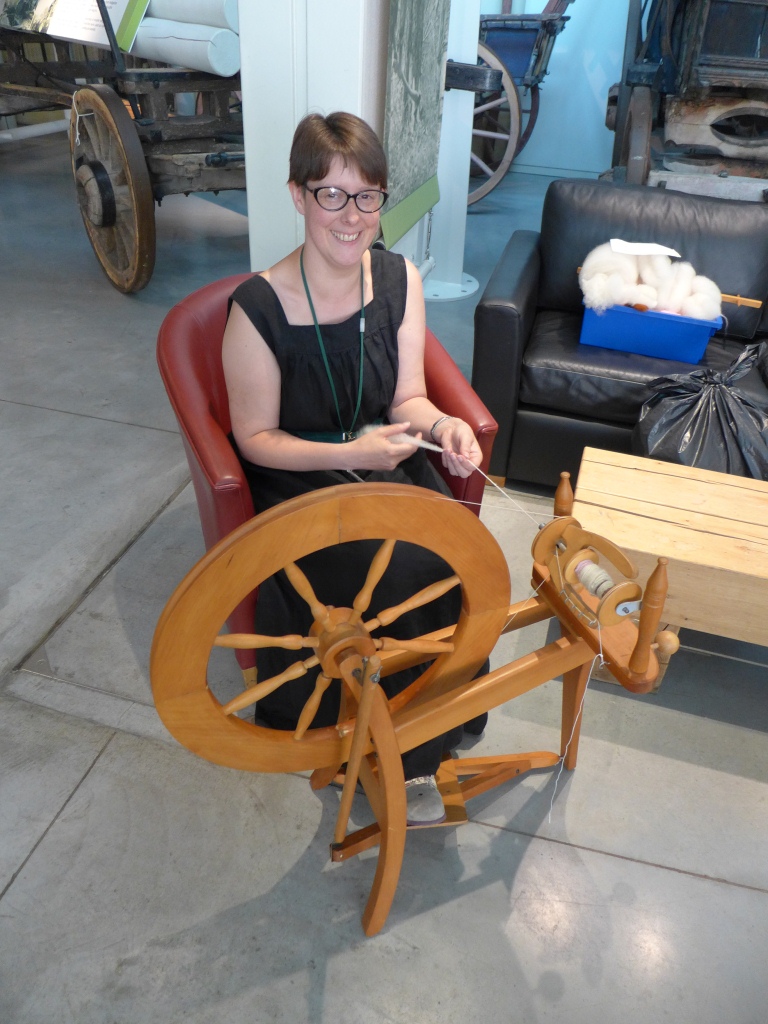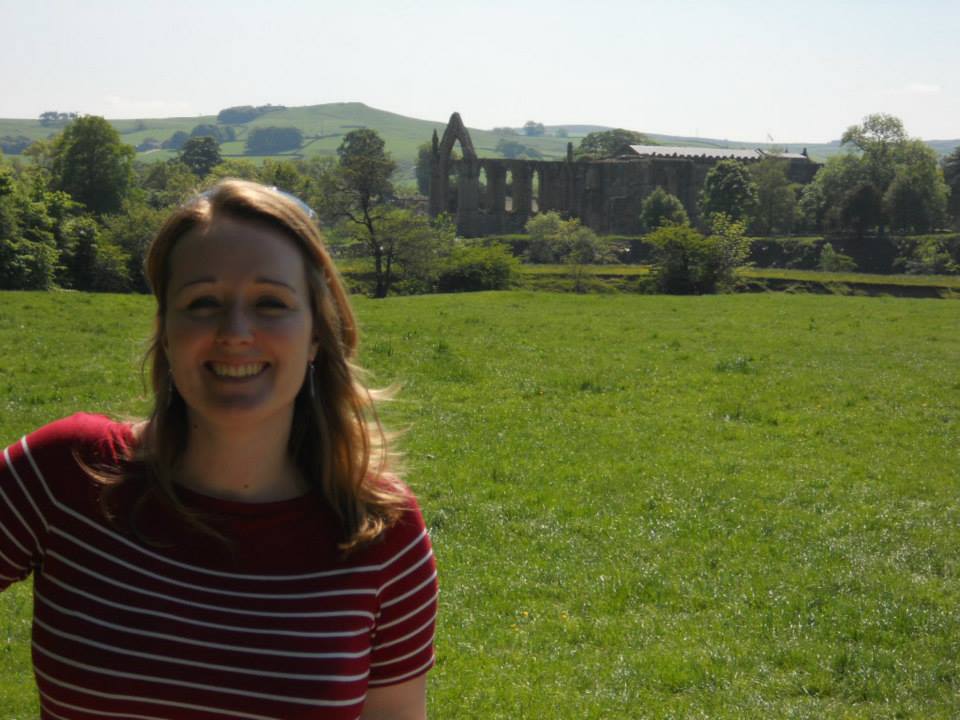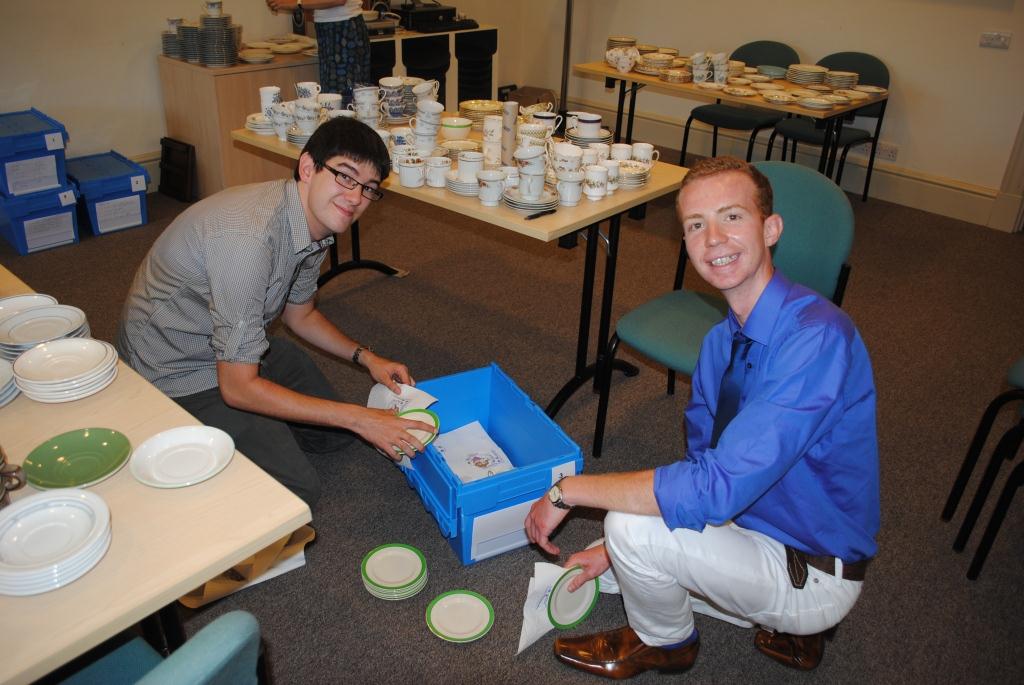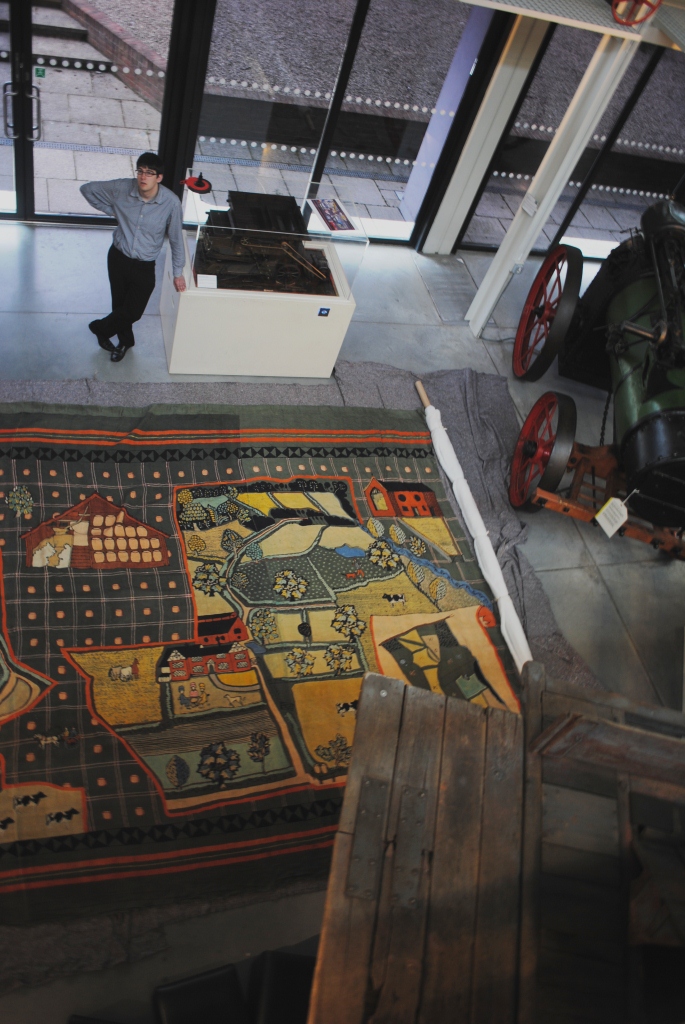Marketing Volunteer Whitney continues her series of interviews with staff talking to Ceri Lumley, Reading Room Assistant
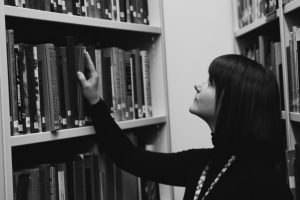
Photograph taken by Reading College LLD/D Photography & Work Students
What does your job entail at MERL?
I’m split between working in the reading room and doing background tasks. Three days of the week I’m down in the reading room answering enquiries, doing production, getting documents out and generally helping researchers with anything they need. And then the other two days I work on various archive projects .
How do you think those two separate areas of your work compliment each other?
I don’t think I would have come across half of the interesting stuff in the collections if I didn’t do the enquiries. A lot of the time we find items because somebody has asked for a something specific. If it’s more obscure we do a bit of digging and that’s when I find some amazing things I wouldn’t have known were there unless I had trolled through the catalogue! As a result I can pass these findings onto other interested reading room visitors.
What type of people have you seen make use of the research material?
Undergraduates, Masters and PhD students, museum staff doing their own research and the public with general interest. The fact that we’ve got some local collections probably draws people in who are interested in family history, who might ask ‘I’ve got this photograph can you tell me more about it?’ So you get a lot of people coming in from different angles.
Has anyone enquired about whether you can help trace their ancestry or lineage through a photograph brought in?
Yeah, I’ve had a couple who have been distantly related to some of the aristocratic families that we’ve got farm records for. A lot of people ask about relatives who worked for big companies like Huntley and Palmers and we’ve also got Rolls of Honour from service in the military. Most of the time they’re a really good place to start. If they served then they’re probably guaranteed to be listed.
What are some of the rewarding aspects of working within a cultural heritage environment?
I got into this because I was shown an archive document many years ago and I just thought ‘that’s amazing’. I wanted to make people feel the way I did the day I looked at that archive document, and help them discover things they’ve never seen or thought existed. Before Christmas a reader was looking through the Nancy Astor Collection and they came across some really interesting letters. Just to hear them chuckling at the table confirmed they had found something exciting. I think they actually wrote a blog post about it for us.
How do you find it working in a small team at MERL?
Yes, definitely they’ve got such a wealth of knowledge and experience that I’m always able to go to someone and say, ‘I don’t suppose you know anything about this’ and usually they have an answer. From that respect it’s really good. And it’s a nice environment because everyone is really helpful and eager to collaborate which is a great thing.
Did you study your degree with the hope of working in a museum one day?
I’ve wanted to work in this sector for years. I did work experience in my local archive and library in my GCSE years. On the last day the Archivist showed me a mortgage document on vellum and I just thought ‘that’s what I want to do’. So I went to University in York where there are so many different places you can do heritage and archiving volunteering. After graduating I came to MERL for an internship. I then moved to Network Rail’s record centre working in records management. I’m due to start the Masters in Archive and Records Management this September at UCL; it’s finally coming to the point of getting the professional qualification.
Whilst working here have you been able to discover your niche?
I’m still finding it. It’s so varied and I don’t have enough experience of different repositories as yet to say where I want to go. Every place has so much different material and so many interesting bits to it that I haven’t quite found the niche yet. It might take a few years but I’m definitely on my way to finding it.
What is that one thing that makes individuals who work within a cultural heritage get enthusiastic about what they do?
Passion. We all just generally love what we do on a daily basis. I don’t know how common that is in any other work place but within the museums & heritage sector it tends to be quite prevalent. I have been to a number of archive trainees meetings with people within similar job roles to mine and we always end up chatting for a good couple of hours afterwards, mostly about our work and what we’re doing. Overall, it’s a really good, collaborative environment.
Do you think enough work is being done to encourage people to learn more about museums?
I think we’re lucky in this country to have a good supporting nature towards our heritage. However, there are still sections of society who don’t necessarily interact with museums in any way. But I think MERL is a bit of an exception because it does a lot to increase the profile of heritage work, and the volunteer and outreach programme here is amazing. So I think MERL is an organisation that does a lot to help promote the values of museums.
Whitney: So it’s really more about looking at how museums show keen interest in and interact with their local communities.
Ceri: Yeah, I think MERL is really good at that!
Are there any places you can learn about culture heritage and history around Reading?
The town hall, Museum of Reading, the Berkshire records office which we direct a lot of people to if it’s a local history question and we don’t necessarily have the answer. There are also a couple more sites like the Reading Abbey ruins, located near Forbury gardens. The John Lewis heritage centre is also 20mins by train. There are quite a few places in the area but you don’t realise just how many there are until you start looking.
Do you think it’s always better to have a museum related degree before making the transition into museum work?
It probably helps but whether it’s essential I’m not entirely sure. I did a degree because I really wanted to study history. I was a bit of an exception in that I’m probably the only person out of my group of friends in University who has actually used their history degree in a history related area. A lot of the enquiries involve research and using catalogues which I probably wouldn’t have come across as much if I hadn’t done a degree. So from that side of things I think it helps for the practical things.
How do you think museums will change because of the online space and everything being digitised?
I think people will always want to come into the museum and have a look through the actual stuff. It’s a different feeling from looking at something on a screen. It’s part of the fun. However, digitisation helps a lot especially with photographs. During my internship here a couple of years ago I worked on some of the local photograph collections and got to zoom in on photographs and see specific parts of images that you wouldn’t necessarily see if you were looking at the hard copy.


